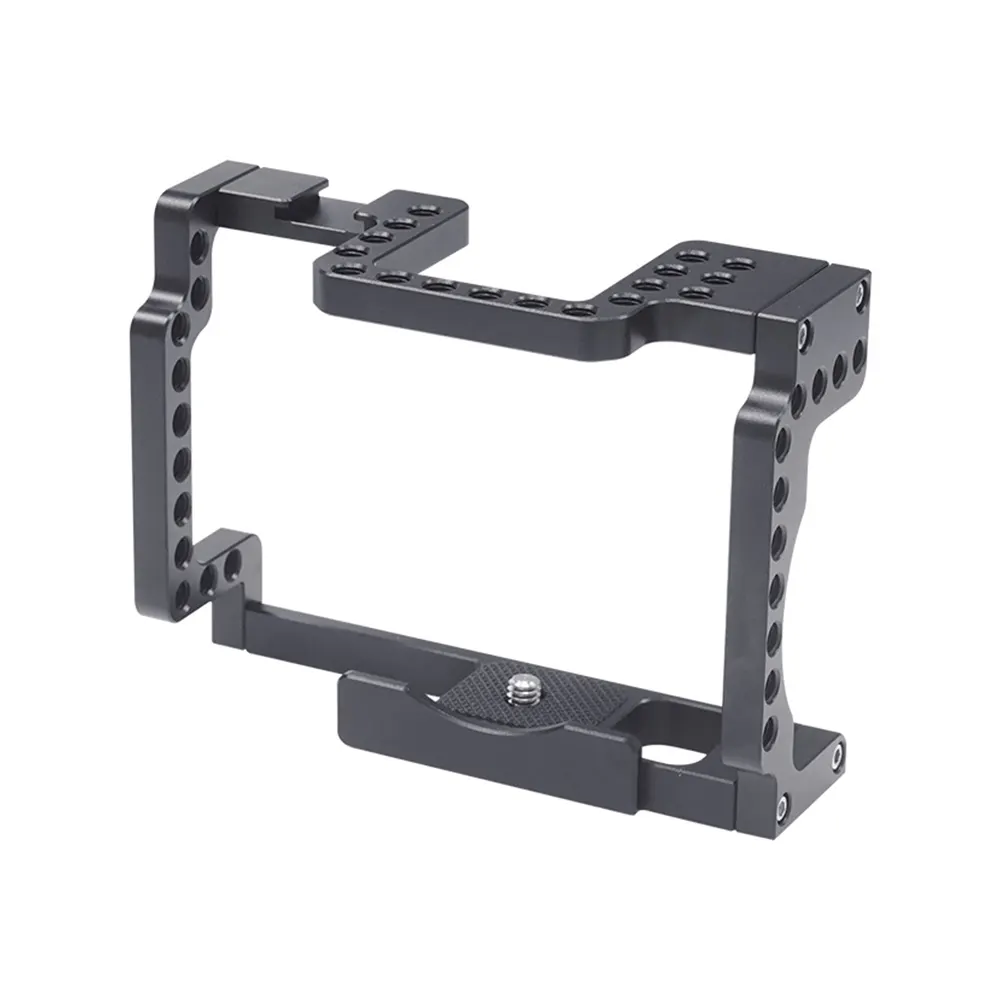

Time:2025-03-11 Views:1

Macro lens adapters play a crucial role in enabling photographers to achieve close - up, detailed shots. The materials used in their construction are of utmost importance to ensure optimal performance and durability.
Firstly, the body of the macro lens adapter is often made from high - quality metals or engineered plastics. Metals, such as aluminum alloy, are popular choices. Aluminum alloy offers several advantages. It is lightweight, which is beneficial for photographers who need to carry their equipment for extended periods. At the same time, it provides good mechanical strength, ensuring that the adapter can withstand the rigors of regular use. It also has excellent heat dissipation properties. During long - term use, especially in situations where the camera and lens generate heat, the aluminum alloy body can effectively dissipate this heat, preventing overheating of the adapter and the attached lens, which could potentially affect image quality.
Engineered plastics, like polycarbonate, are also commonly used. Polycarbonate is known for its high impact resistance. It can protect the internal components of the adapter from minor drops or knocks. Additionally, it has good dimensional stability, meaning it will not easily deform over time, ensuring a precise fit between the adapter and the camera and lens. Some advanced engineered plastics also offer chemical resistance, which is useful as they may come into contact with various substances during use, such as cleaning agents or environmental pollutants.
For the connection parts of the macro lens adapter, materials with high electrical conductivity are required if there are electrical contacts. Brass is a common choice for these parts. Brass has good electrical conductivity, ensuring a stable connection between the camera and the lens. It also has excellent corrosion resistance, which is important as these connection parts are often exposed to the elements and may be subject to moisture and humidity. The surface of the connection parts may also be plated with materials like gold or nickel. Gold plating, for example, further enhances electrical conductivity and provides an extra layer of corrosion protection, ensuring reliable communication between the camera and lens even in less - than - ideal environmental conditions.
Read recommendations:
black and white underwater photography Accessories